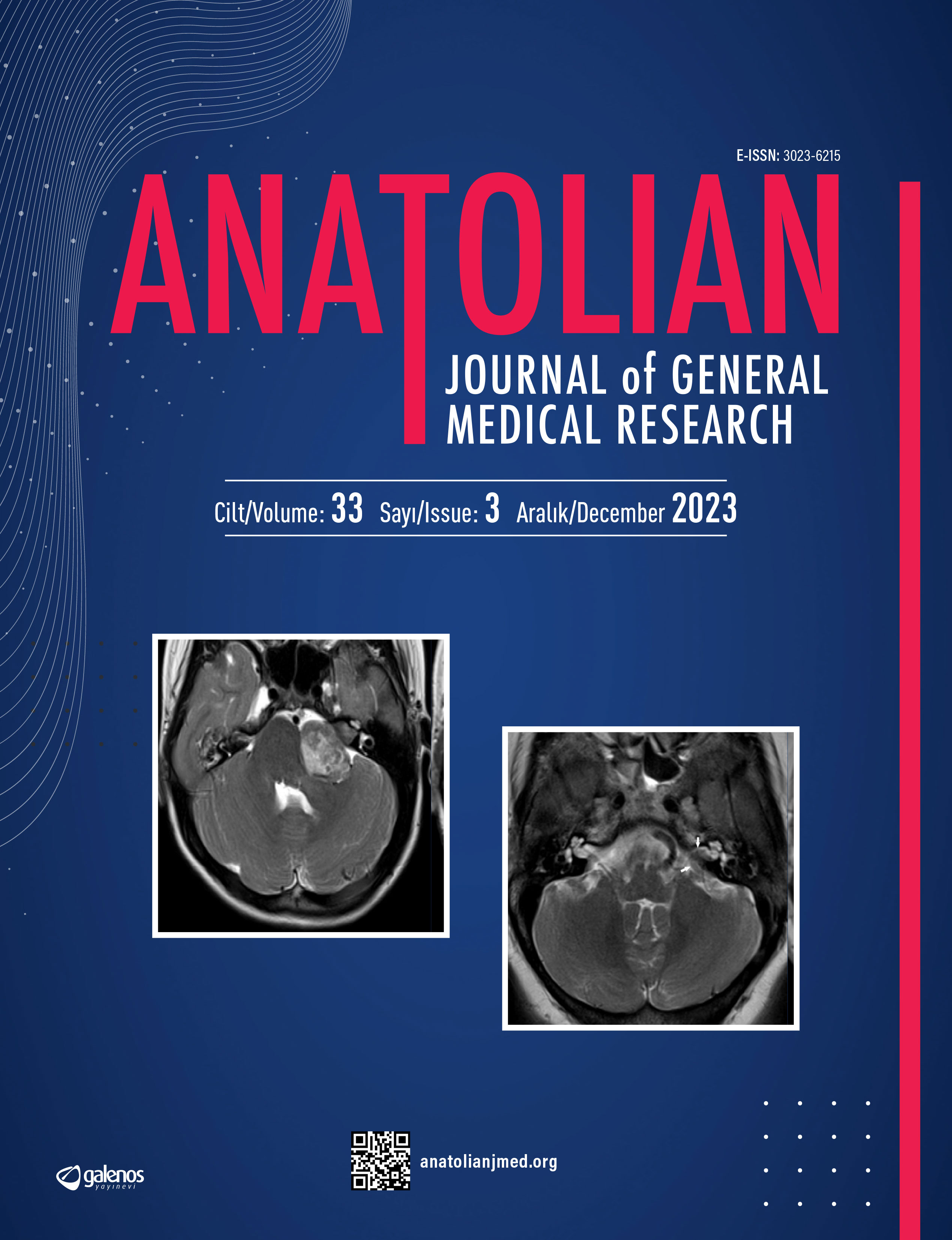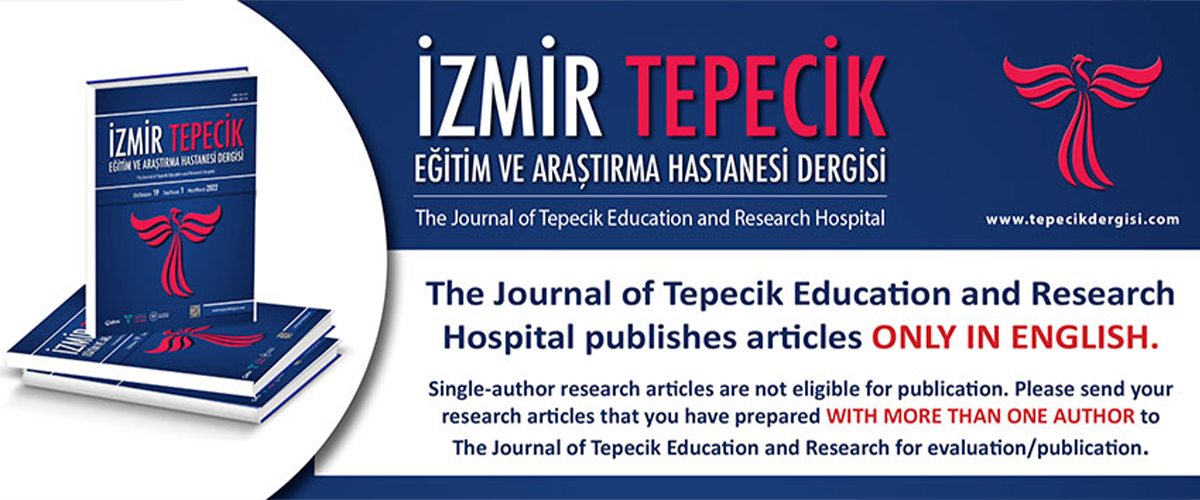








Fine Needle Aspiration Cytology (FNAC) vs. Tru-cut Biopsy in Liver with Iron Overload: An Experimental Study
Yasemen Adalı1, Hüseyin Avni Eroğlu2, Mustafa Makav3, Sunay Sibel Karayol4, Gülname Fındık Güvendi5, Mustafa Gok61İzmir University of Economics Faculty of Medicine, Department of Pathology, İzmir, Turkey2Çanakkale Onsekiz Mart University Faculty of Medicine, Department of Physiology, Çanakkale, Turkey
3Kafkas University Faculty of Veterinary Medicine, Department of Physiology, Kars, Turkey
4Harran University Faculty of Medicine, Department of Radiology, Şanlıurfa, Turkey
5Rize Recep Tayyip Erdoğan University Faculty of Medicine, Department of Pathology, Rize, Turkey
6Aydın Adnan Menderes University Faculty of Medicine, Department of Radiology, Aydın, Turkey
Objective: Fine needle aspiration cytology (FNAC) is safer, simpler, faster and cost effective, compared to tru-cut biopsy, and patient compliance is generally better. There is not much data on the use of FNAC, which is used in many organs and lesions, in parenchymal diseases in the liver. Therefore, in this study, the benefit of FNAC in showing iron deposition and injury of liver is evaluated.
Methods: There were 2 control groups in the study. At the end of the study, FNAC and tru-cut biopsy samples were taken from these groups, where no administration was performed. FNAC and tru-cut biopsy procedures were also performed to the study groups after the iron overload was created by intraperitoneal iron dextran (88 mg/kg) administration for 28 days. Hepatocyte injury, inflammation and iron deposition were evaluated histopathologically in the preparations. The sensitivity, specificity, positive and negative predictivity and diagnostic accuracy of both methods were calculated based on the hepatectomy material.
Results: In hepatocyte injury; sensitivity (60%), diagnostic accuracy (66.7%) and negative predictivity (50%) were found to be significantly higher in tru-cut group. It was observed that the methods were not superior to each other in the evaluation of inflammation, and FNAC almost approached tru-cut biopsy rates (100%) with a sensitivity of 83.3% and diagnostic accuracy in iron deposition.
Conclusion: In iron-induced liver damage, the gold standard should be tissue examination, so tru-cut biopsy must be the first choice. However, based on the present study results, it is suggested that FNAC may be preferred over more invasive options in cases where tru-cut biopsy can not be used in terms of susceptibility to bleeding, situations where surgical accessibility is not available, patient orientation and cooperation is poor, or in presence of different accompanying diseases.
Corresponding Author: Yasemen Adalı, Türkiye
Manuscript Language: English
(232 downloaded)




